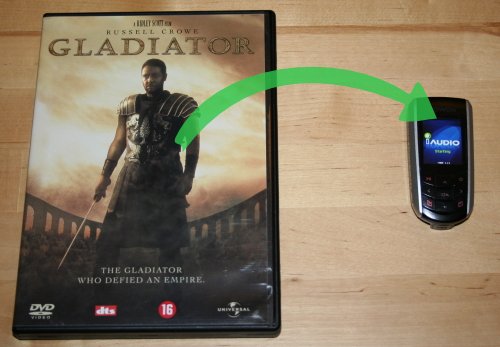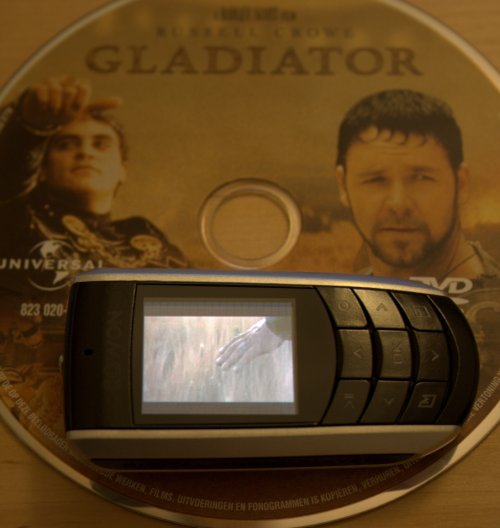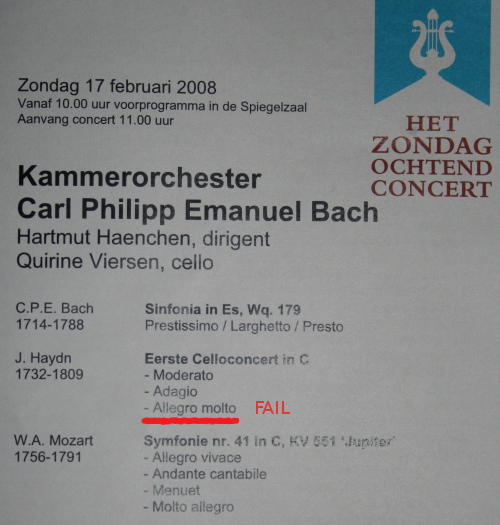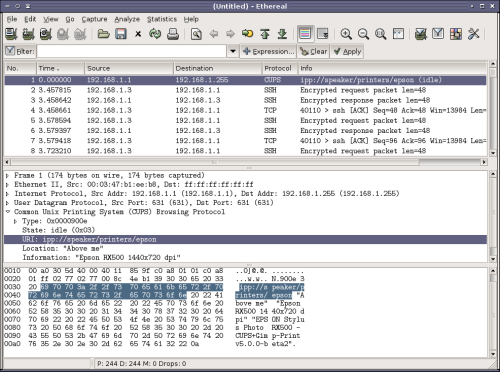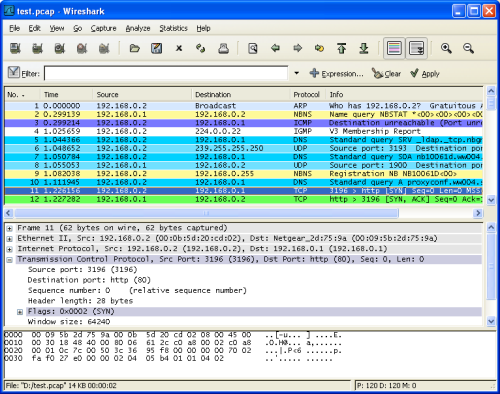Every detective story or for that matter, spy novel, has the same overreaching goal: to give you an interesting puzzle to solve. A story is being told - you have to pay attention, and while you're taking notes you're also continuously assembling a repository of information and scouring it for relationships and patterns. And once you link two facts together, you've understood a part of the puzzle. A couple of factors determine why this is fun. First of all, the content of the puzzle should be fun, that is if you're putting together a puzzle of the Eiffel Tower, you will have fun if you like the Eiffel Tower. Then there are different ways of creating a puzzle, deciding what the pieces will be, how clear or faint the connections are going to be and so on. And finally there are different ways of giving you the pieces, at a certain pace, in a certain order. In as much as there are dependencies between the pieces, such that one will not help you without having a certain other piece, you can craft a complicated scheme. All these factors vary from story to story, some puzzles are fun, some are not.
This process of solving a puzzle is actually very intuitive. It's the same process by which we learn things. The difference is that when learning we're trying to understand an incidental truth, which isn't governed by any person's capricious decisions to make it so. And it could well be beyond your ability to solve. It may also be that no one has solved that puzzle. A man made plot, on the other hand, is a puzzle created specifically for our enjoyment, where the creator makes all the decisions, limits the scope appropriately, and deliberately sets the difficulty at a certain level.
A spy novel is always about deception upon deception, and as a reader you participate. Not only is the character in the story being deceived, you are as well. The author will be meticulous about telling you facts that point to a certain conclusion, but it's actually a decoy. Equally, he will mention facts that don't have any apparent use at the moment, but they will explain something further along, and if you're careful, keep you from walking right into a trap. It's really just a mind game.
The Ambler Warning was actually published in 2005, based on an unfinished manuscript Ludlum was working on when he passed away in 2001. In other stories of his that I've read he generally likes to run a chronological race, with very economical use of facts. This requires efficient reading, because rarely is anything said twice. The socio-political setting of the story also lets certain bits of information permeate from the surroundings. And when it comes to giving up information, Ludlum keeps you from seeing very far into the horizon. Most of the time he lets you guess and suspect things that won't be revealed for a long time yet. This puts you into a mode of forensics, trying to make what you know go as far as possible. It culminates in the economical resolution of some question, solving it with the least amount of facts possible. At other times he likes to keep you starved of new facts for a while, causing you to go back over what you already know and dig for new deductions in vain, before he finally drops something significant that has a big impact, but which changes so many existing variables that you get overwhelmed by the amount of information you have to process.
In The Ambler Warning we get a different kind of story telling. For one thing, only pieces of the timeline are accounted for, the rest isn't told. But it's enough to make sense of, again playing on the economical use of information. Secondly, the pieces are not told in chronological order. There is a leap from chapter one into what chronologically is the third chapter, but told in a different order.

This changes a lot of the assumptions of a continuous story, the fact book keeping takes on a different model. Since it's not chronological, you can't keep the chapters completely self sufficient, you have to make some modest references to chapter three in order to maintain a smooth reading experience. And as shown in the figure, this builds certain expectations about chapter three. But it does mean that you have to stack up certain facts from chapter two whose meaning you don't yet know, and won't, until you reach chapter three. This is a different mode of puzzle solving than I've seen in other Ludlum books, but it's pretty interesting.
The plot and the characters are actually a bit below par. I wonder if this is the influence of the editor who shaped an unfinished manuscript into a novel. And the conspiracy holds up nicely until the resolution. In fairness, this is very common. Authors build expectation with a meticulous use of detail, but then fail to make the conspiracy live up to those expectations. It's a difficult thing to do, and what they pull off is impressive enough.

 February 27th, 2008
February 27th, 2008
